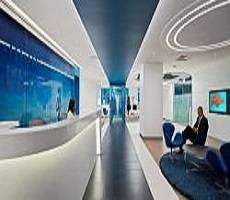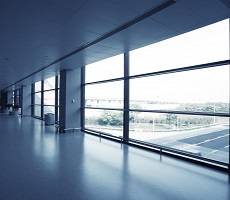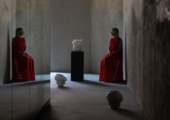April 22, 2013
NHS Estate inefficiencies present ‘Hyde Park sized opportunity’, claims report
 Consultants E C Harris have just published the latest edition of their report into the NHS Estate which claims that the service has an opportunity to save around £2.3 billion a year in the way it manages and procures space. Every report needs headlines to go with and in this case E C Harris have plumped for the idea that the NHS is underutilising space equivalent to an area the size of Hyde Park and that an eighth of the estate is unsuitable for its intended use, equivalent to ‘three Hyde Parks’. Last year’s edition of the report claimed the potential saving of disposable space was the equivalent of ‘264 Premier League football pitches’, which at least has the advantage of being comprehensible for those who can’t envisage how big Hyde Park is.
Consultants E C Harris have just published the latest edition of their report into the NHS Estate which claims that the service has an opportunity to save around £2.3 billion a year in the way it manages and procures space. Every report needs headlines to go with and in this case E C Harris have plumped for the idea that the NHS is underutilising space equivalent to an area the size of Hyde Park and that an eighth of the estate is unsuitable for its intended use, equivalent to ‘three Hyde Parks’. Last year’s edition of the report claimed the potential saving of disposable space was the equivalent of ‘264 Premier League football pitches’, which at least has the advantage of being comprehensible for those who can’t envisage how big Hyde Park is.























April 19, 2013
High wire act: balancing attitudes and expectations in the workplace
by Simon Heath • Comment, Facilities management, Property, Workplace, Workplace design
(more…)